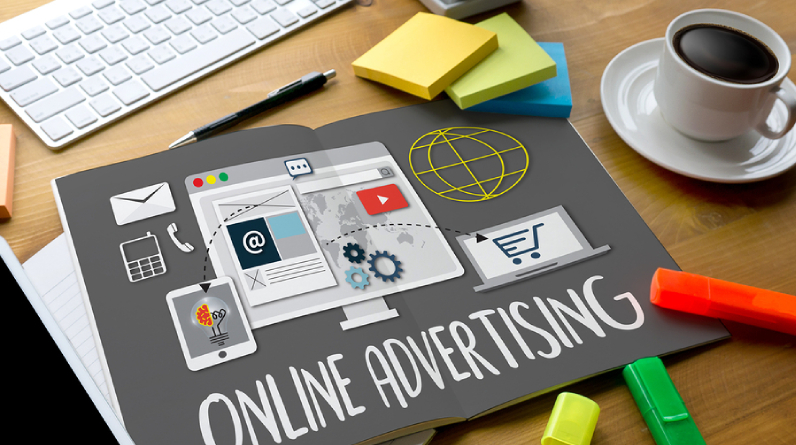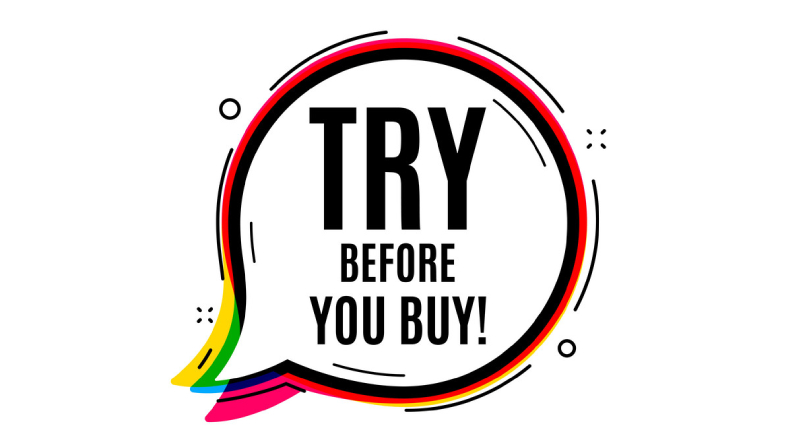Increased Use of Augmented and Virtual Reality in Online Advertising

As augmented and virtual reality (AR/VR) become more widely available, the line between the online and offline worlds continues to blur. As a result, augmented and virtual reality (AR/VR) technologies are becoming increasingly popular in digital marketing. Read on to find out how augmented and virtual reality (AR/VR) are helping businesses build relationships with their target audiences and boost participation rates.
Short Definitions of Augmented Reality and Virtual Reality
Although augmented and virtual reality (AR/VR) may seem fantastical at first, their core concepts are actually quite straightforward. Take augmented reality, which is already a part of most people’s daily lives thanks to tools like photo filters and games like Pokémon GO. Are those augmented reality? Absolutely. Some fundamentals of augmented reality are listed below:
To put it simply, it superimposes computer-generated imagery onto the user’s view of the physical world.
Real-time operation and interactivity are hallmarks of the technology.
The primary modes of operation are optical and auditory
There’s more to augmented reality than that, but even if you didn’t realise it, the basics have been around for a while. Now that the technology is more widespread and user-friendly, businesses can benefit from it in new ways, one of which is digital advertising.
Virtual reality is unique in that it is not grounded in the physical world. Virtual reality, on the other hand, is the generation of entirely simulated environments through the use of technology with the intention of producing an immersive and interactive experience. However, while fully immersive VR that engages all of the senses is not possible at the moment, that is the goal.
Digital Marketing with Augmented and Virtual Reality
The integration of augmented and virtual reality into digital marketing creates novel opportunities for brands to engage with their target audiences. In addition, unlike standard digital marketing, these experiences keep people interested and engaged for longer. Most importantly, it can close the gap between theoretical explanation and practical application. Users can basically verify this for themselves.
For a company to succeed in today’s market, keeping up with technological developments is crucial. According to Rudy Mawer, CEO of Mawer Capital, “the technological landscape is always shifting, and incorporating cutting-edge technology like AR and VR into your marketing will evoke excitement from customers, providing a truly one-of-a-kind experience.”
Those are broad strokes, but they capture the essence of augmented and virtual reality’s shared role in the digital marketing space. Opportunities to grab hold of customers and provide distinctive and interesting experiences can be found in both augmented reality and the creation of an entirely new environment.
Some things, like the need for special equipment to experience VR or the level of immersion it provides, are off limits for now, but that will change as time goes on.
The use of AR facilitates the “try before you buy” process.

There are a variety of ways that companies let consumers try out products before they buy them. Nonetheless, there was no genuine digital analogue before the advent of AR and VR. With the introduction of AR, all of that has changed.
Using augmented reality, businesses can show potential buyers what their purchases will look like before they hand over any cash. In addition, it has a wide variety of applications, such as:
- Articles of clothing and jewellery
- Cosmetics
- Furniture
- Paint
Customers have no need to wonder what they will be receiving or how it will look thanks to the incorporation of AR and VR into digital marketing campaigns. It may not completely do away with the need to physically examine an item before purchasing it, but it does make it less important to go beyond digital means to do so.
In what way will that shirt complement the rest of your ensemble? Do you know if a new piece of furniture will go with the current decor? Is there room for a copier in the workplace? The use of AR makes finding information as easy as clicking a button.
Also Read :As a result of the internet digital cameras are once again trendy
Interactive Experiences and Tours are Now Possible with AR and VR
Uses for augmented and virtual reality (AR/VR) in online marketing are numerous. TOMS Shoes, for instance, used virtual reality (VR) as part of its marketing strategy by allowing users to accompany the company’s shoe-donation team in a 360-degree film. Contributing to the company’s mission, viewers bought shoes for a school in Peru that had no money to buy them for its students.
Virtual reality has also been used to give people tours of a location or let them enter a store or digital showroom to take a closer look at an item or a place without having to physically travel there. The best part is that it does not matter how far away you are because the list includes museums, car dealerships, and on-demand fashion shows.
Experiences and tours are two areas where augmented reality (AR) can be just as useful. What is the key distinction? One cannot substitute for physical presence. Although it may sound terrible at first, augmented reality has the potential to completely transform the shopping experience. Burberry’s Olympia bag augmented reality experience is a good example; it allowed users to bring a statue to life by scanning a QR code.
The statue’s virtual stroll around the store was a lot of fun for customers to watch, but they could also capture the event on camera and share it online, raising the company’s profile through user-generated content.
The Value of Augmented and Virtual Reality for Online Advertising
One of the most obvious advantages of augmented reality is the increased exposure it can bring to brands through user-created content. But there are other advantages besides just a higher level of participation. Some of the ways in which these fresh options improve online advertising strategies are as follows:
- Enhances the satisfaction of the product’s target audience
- boosts the probability of a successful outcome
- Aids in establishing a deeper personal connection
- achieves its goal of appealing to a younger demographic
- This causes an increase in sales.
Augmented and virtual reality (AR and VR) in digital marketing allow for more immersive and compelling narratives, which in turn attract more viewers. Could there be restrictions? Yes. In order to stand out from the crowd, however, many digital marketers are now turning to augmented reality and virtual reality.
Leave a reply
You must be logged in to post a comment.







